(NLDO) - The "building blocks of life" from the OSIRIS-REx spacecraft samples brought back to Earth promise to rewrite the history of the Solar System.
According to Sci-News, a new analysis led by NASA has revealed 14 of the 20 amino acids that life on Earth uses to create proteins inside a sample of asteroid Bennu that NASA's OSIRIS-REx spacecraft brought back to Earth in 2023.
In addition, scientists found all five types of nucleobases that life on Earth uses to store and transmit genetic instructions in more complex terrestrial biomolecules — such as DNA and RNA — including how amino acids are arranged into proteins.
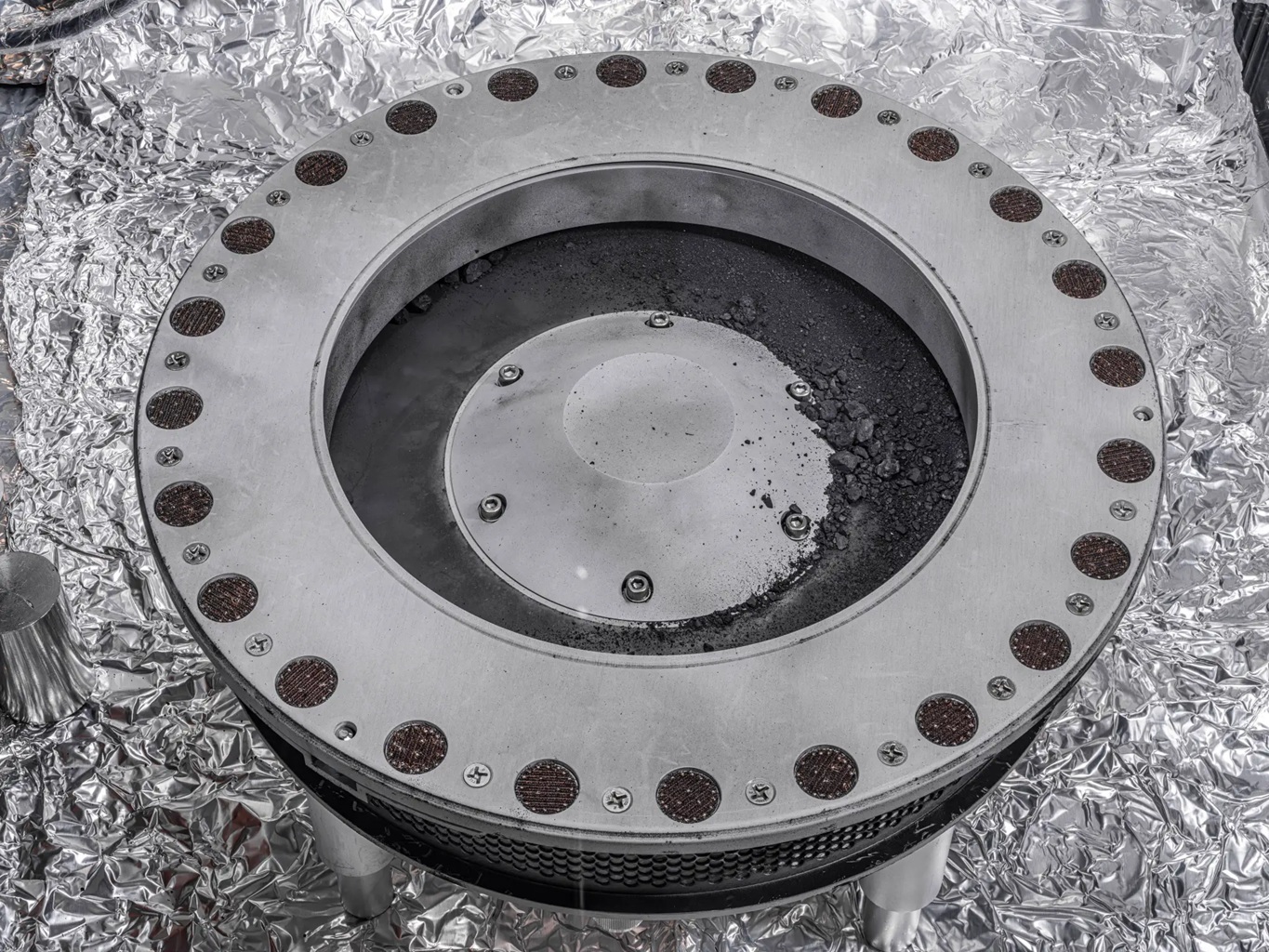
The dark gray, almost black dusty rock is a sample from the asteroid Bennu, containing the "building blocks of life" - Photo: NASA
The surprises continued: The samples also contained exceptionally high levels of ammonia, as well as formaldehyde, from the extraterrestrial material.
These two can react with each other to form complex molecules, such as amino acids, under the right conditions.
When amino acids link together in long chains, they form proteins, which provide energy for almost every biological function.
In addition, traces of 11 types of salt minerals were also found in Bennu samples. They form when dissolved salt water evaporates over long periods of time, leaving the salt as solid crystals.
Dr Nick Timms from Curtin University, a member of the research team, said the discovery of these salts was a breakthrough.
“We were surprised to identify the mineral halite, which is actually sodium chloride (table salt). The minerals we found were formed by the evaporation of brines, similar to the salt deposits that form in salt lakes in Australia and around the world ,” Dr Timms said.
"NASA's OSIRIS-REx mission is rewriting the textbooks on what we understand about the beginning of the solar system," said Dr. Nicky Fox, Associate Administrator of the Science Mission Directorate at NASA.
According to him, Bennu's sample plays an important role in helping us understand what components of life were present in the solar system before the first organisms appeared on Earth.
Their presence in a pristine space sample supports the idea that the precursors to life came from objects very far from the Sun.
Bennu is representative of such objects.
According to NASA, Bennu is a carbonaceous asteroid thought to have broken apart from a larger object 4.5 billion years ago, retaining its original composition on and below its jet-black surface.
It may have formed in the asteroid belt between Mars and Jupiter, or even farther, before moving quite close to Earth as it does today.
To sample this asteroid, the OSIRIS-REx spacecraft has a 7-year mission. It dropped the Bennu sample canister in the US in September 2023. The sample was then divided among many research teams around the world.
Source: https://nld.com.vn/mau-vat-ngoai-trai-dat-duoc-tau-my-dem-ve-chua-19-yeu-to-su-song-196250203085339819.htm










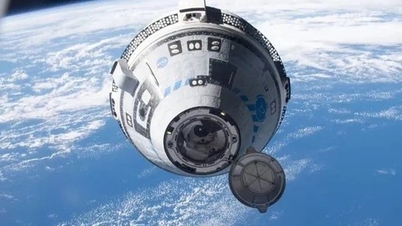
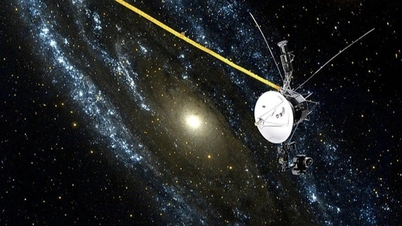

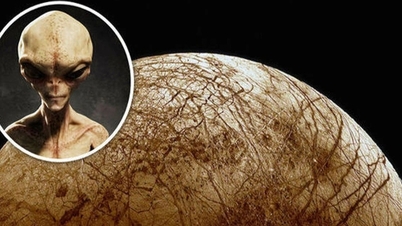








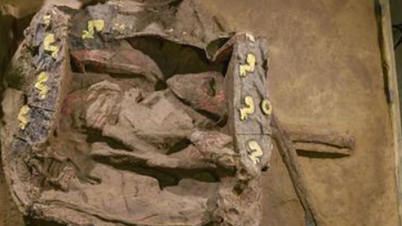


















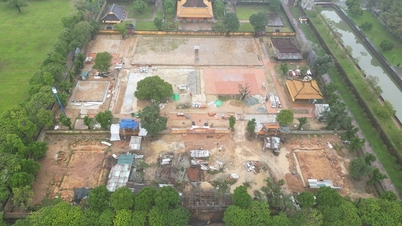






































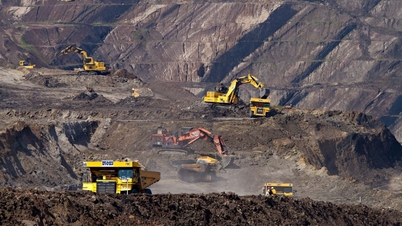

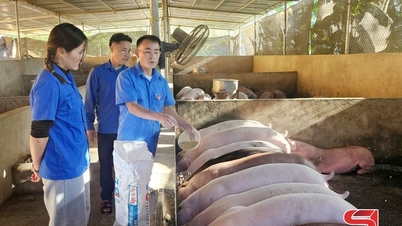



























Comment (0)